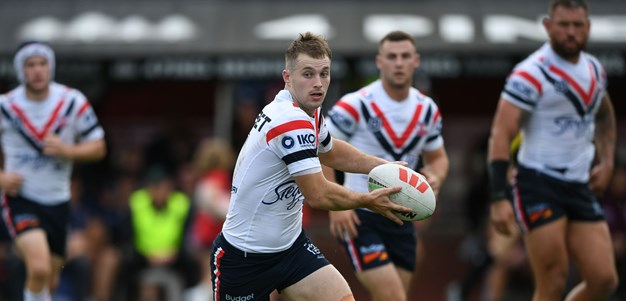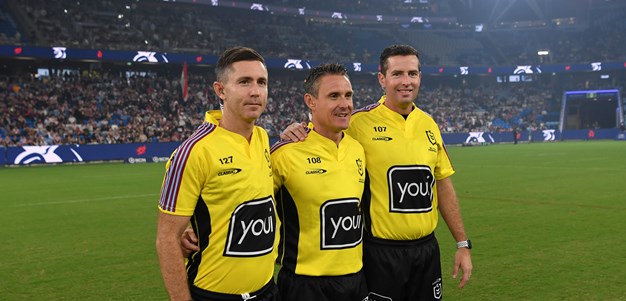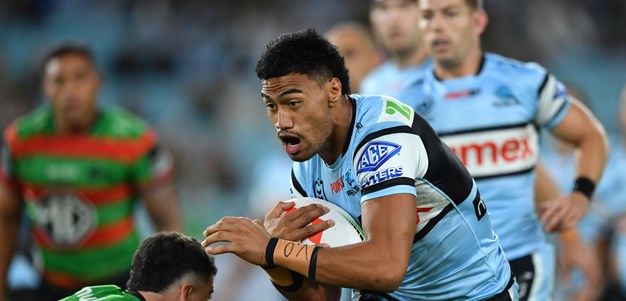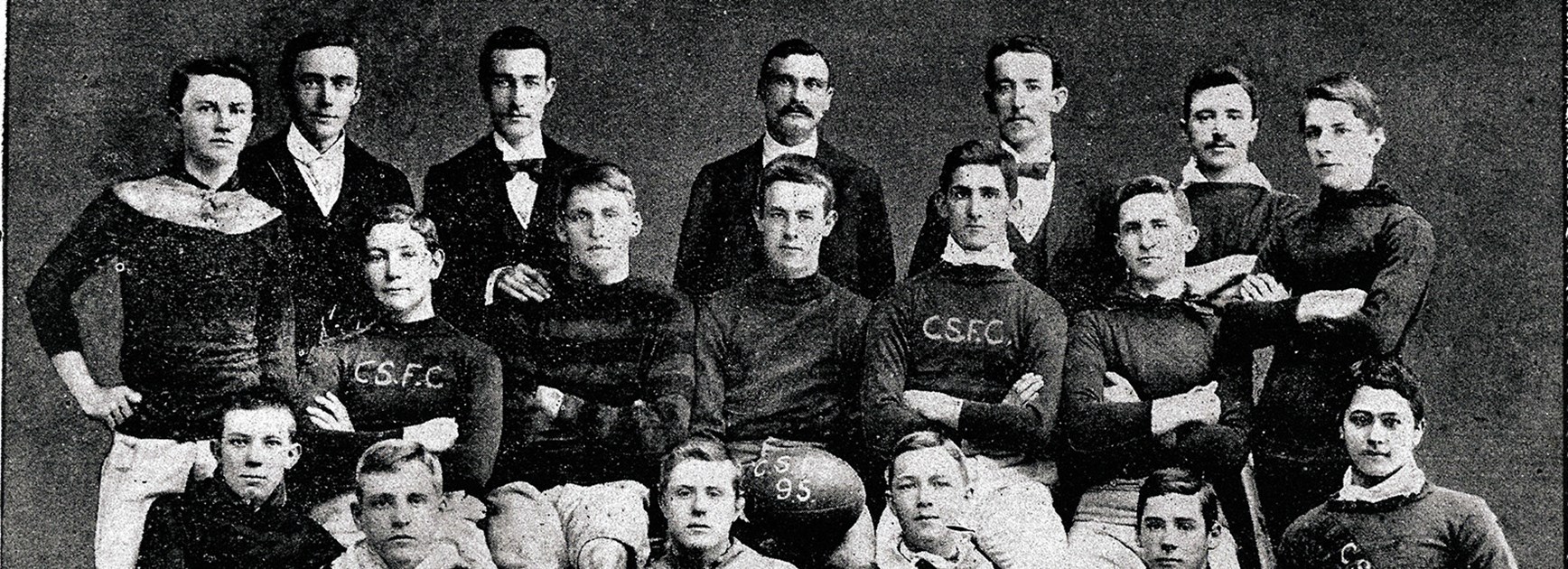
Sunday marked 100 years since the great cricketer Victor Trumper passed away. Even at the height of the First World War, his death was front page news and drew the biggest funeral Sydney had ever seen. Some 20,000 people lined the streets to see his coffin journey to its final resting place at Waverley Cemetery.
And while the focus is quite rightly be on the sublime artistry of his batting and universal popularity we need to make sure that we don’t sanitise his story and make him appear angelic to the point where he becomes less human.
Trumper, to put it simply, was regarded as a troublemaker by the authorities of his time and seeing his story through a rugby league prism provides an insight into his character.
Victor Trumper had played rugby at school with Crown Street Public and for Newtown juniors in the days before the district system was introduced in 1900. In that pre-radio, pre-television and pre-internet age sport was a way for people to make their own fun. Apart from cricket, the various codes of football all thrived (Trumper himself had a brief association with Australian Rules) as did boxing, swimming, athletics, cycling.
After winning selection for the 1899 Ashes tour of England and taking the world by storm, Trumper retired from active participation in other sports, but he was just as keen a follower and observer. He also witnessed first-hand the Amateur v Professionalism debate and the way this manifested itself in various sports.
Although the period is seen as the golden age of amateurism, the conflict between the two schools of thought was already apparent. The growth of spectator sports and industrialisation over the second half of the 19th century changed the recreational pursuits of large sections of the population. The issue of whether the athletes received a cut of the gate money generated by the crowds at football, cricket, boxing divided society into two camps, but there were other influencing factors too – class division being chief among them.
In English cricket amateurs came from the privileged upper strata of society, and ostensibly received only expenses whilst professionals, usually from more humble backgrounds, were considered employees of their clubs at the county level. The two groups used different dressing rooms and entered the field through different gates, even when on the same team. Only amateurs captained representative teams - it was not until after WWII that the first professional captained England in cricket.
Although athletics and boxing had been able to solve the problem by having separate branches of professional and amateur competitions, in team sports such as cricket and football it was more complex. Soccer allowed the two to co-exist at the time as did cricket but each had difficulties with the issue.
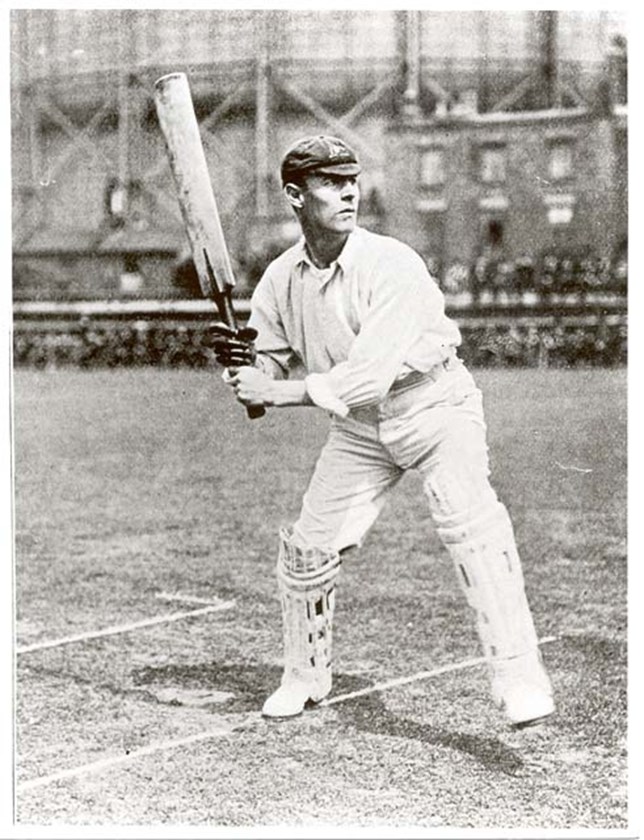
Trumper, true to his working class roots, understood the implications for those who were not born with the silver spoon in their mouth. Apart from paying to be a member of a club, the athlete also had to transport themselves to the venue (sometimes taking time off work without pay to do so) and then risk injury, when there was no insurance to cover your wages if you were incapacitated as a result. He saw no problem in those that drew the large crowds sharing in the revenue raised at the gate, especially since they bore most of the risk.
The amateur v professional debate and the hypocrisy of it played out sharply in cricket. WG Grace was England’s foremost amateur cricketer and yet he claimed more in expenses than any professional ever received! The Australian teams, with a pragmatic approach, classified themselves as amateurs even though they invested their own hard earned money in tours and took a collective share of the profits.
That issue of players' rights is what led him to be front and centre of the storm between the leading cricketers of his time and the handful of officials who sought to establish a national administrative body for the game. This first raised its head in 1906 and threatened a major crisis in the game, but there was enough goodwill on both sides to paper over the cracks then and move forward.
The chief protagonists advocating for the central authority in cricket were Victoria’s Ernie Bean and Billy McElhone from NSW. And whilst all the players acknowledged that there was a growing need for a centralised authority to co-ordinate touring schedules and domestic programmes, the sneaky and underhanded methods employed by these two and their lackeys caused a huge schism in the game which had major ramifications and saw Australia’s six best cricketers – Trumper, Clem Hill, Warwick Armstrong, Tibby Cotter, Vernon Ransford and Hanson Carter – all go on strike in 1912.
The simmering dispute must also be seen in the context of Australian society at the time. Apart from Federation, the period also saw the formation of the parliamentary Labor party and progressive industrial legislation that gave workers more rights than they had ever previously enjoyed.
Trumper’s belief in the rights of athletes, no matter what the sport, shines through his actions and can help explain his involvement in the establishment of rugby league in 1907.
Trumper had any number of rugby league contacts – James Joseph Giltinan was himself an umpire who had officiated at first class level (he was denied a chance to officiate in the Fourth Test of 1903-04 because English captain Pelham “Plum” Warner – who was manager during the Bodyline tour of 1932-33 - objected to his appointment). Giltinan had been the founder of the NSW Umpires Association and was a central figure in its early development, but this experience must have soured his taste for the game.
Bob Carty (a foundation member with Eastern Suburbs) played with Paddington, so did future Australian captain Herbie Collins (who won a premiership alongside Dally Messenger in 1911), whilst Jack Scott (scorer of the first try in a first grade rugby league match and later a Sheffield fast bowler for NSW and SA and a Test umpire), George Wheatley and Rex Norman were all prominent first grade cricketers and the great leg spinner and writer Arthur Mailey, would later draw cartoons for the weekly Rugby League News in its earliest years.
When you view the cricket trouble alongside what was happening in rugby in the lead up to the formation of the NSWRFL, there are too many similarities for it to have been coincidental. However Trumper was still playing Test cricket (there was an Ashes series here in 1907-08 and then a tour of England in 1909) so he could not focus all his energies on the new sport at a time when league was struggling to set itself on a firm footing.
That, as much as his lack of business acumen, may explain why the dotting of i’s and crossing of t’s was not all it needed to be from the new code’s treasurer in its debut year. Allied with the lack of success on and off the field for the first Kangaroo touring team in 1908-09, it saw a coup at the start of 1909 where Giltinan, Trumper and Harry Hoyle were all voted out of office. No-one accused Trumper of any financial impropriety but there needed to be more attention to detail if the game was to survive, let alone prosper.
When he passed away from kidney disease at the age of 37 on June 28, 1915 rugby league mourned his passing as much as any other part of society, and even his erstwhile critics in cricket paid their respects. But his death signified the end of an era – he had never played Tests again after 1912 and when they resumed after WWI the cricketing authorities gradually turned the screws on the players so that they became subservient employees.
The Board may have won in 1912 but player power wasn’t dead, merely hibernating, and in 1977 it would have its day under Kerry Packer and World Series Cricket. So when we stop and celebrate the craftsmanship of his batting, achieved with a unique, effortless and poetic style we should also remember him as a man of principle, whose beliefs led directly to the introduction of rugby league in Australia.
